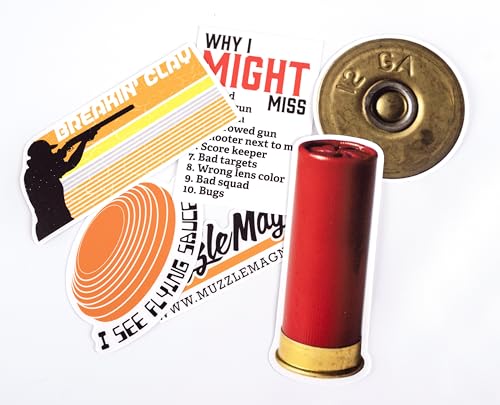How so? No calculation is going to improve your shooting. Try until you find the cartridge and choke combination that works for your purpose, in your gun. Use a pattern plate if you'd like to compare or confirm, but most of all, practice. Anything that requires callipers or a calculator is most likely for excuses or distractions.
I didn't say it would improve your shooting, only that it was a deep subject, but understanding it may well improve matters.
For arguments sake, consider a gun that has been shot quite a lot with a bore diameter of .734" or had aftermarket overboring undertaken, or even had the barrels lapped out due to corrosion. Extreme overboring goes up to .790"
Because of this, new aftermarket chokes won't actually constrict as you think they might. For instance a skeet choke should constrict by 0.005", but in the first gun example with a worn barrel, it will have a tighter constriction, effectively it steps up one in the league table of chokes and becomes Improved Cylinder
In aftermarket overbored guns it's the same.
To make things more confusing, the english and american choke system are different. What is Improved cylinder in one, is skeet in the other.
And if you get onto fixed choke guns it's even more important to understand bore size to understand how a barrel is choked. I've been into a lot of gun shops over the last 35 years, and it amuses me still when I see a shop owner drop a choke gauge down the end of a fixed choke side-by-side and state it has such-and-such choking.
I've even seen a friend of mine breaking clays out at 70yds consistently with a fixed choke gun which supposedly had skeet/skeet choking.
New shooters shouldn't get hung up on chokes and to understand what your gun is doing with your choke set requires time at a pattern plate with YOUR choice of cartridge.
Edited.
































